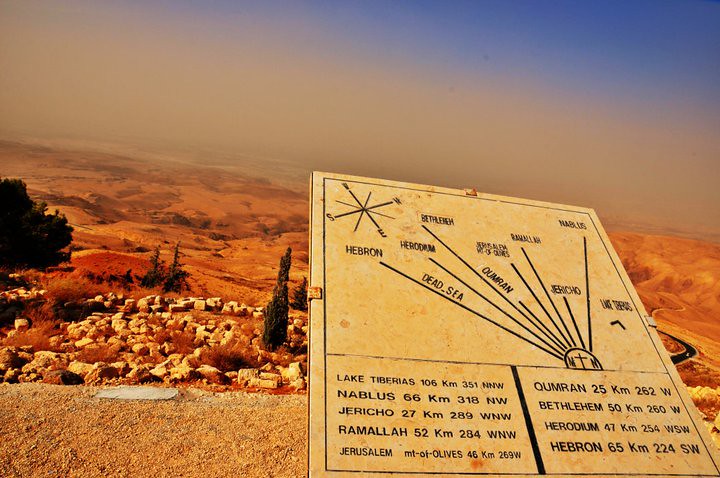 |
| Acacia tree in the Negev |
While we may imagine a quaint picture of a few Bedouins resting beneath the shade of a small tree, the reality was probably much different.
Exactly how many people crossed the Jordan into Canaan is not clear. There are a variety of explanations for calculating the total number with quantities ranging from 100,000 to a couple million.
Our desire for a fixed number will always be wanting, as God promised Abraham that his decedents would be as "numerous as the stars of the sky" (Genesis 26:4). But in Numbers 26:51 we have the results of a census taken just prior to entering the promised land. The total of 601,730 does not include every member in the camp but does give us a starting point.
 |
| Comparison of camp site area at Tel el-Hammam |
So doing the math, a population of 601,730 living on 35 square meters of land per person, would cover an area of 21,060,550 square meters or approximately 8.13 square miles. Their camp site would stretch over three miles across and have a ten mile perimeter. By comparison, the Indianapolis downtown covers 6.5 square miles and has a population of 29,000.
Challenges
- Walk three miles, the same distance from one side of camp to the other.
- Walk ten miles, the same distance around the perimeter of camp.
- Use Google Maps to compare eight square miles to your town.
- Decide how many people were in the camp of Israel according to your own research and calculate the comparable size of the camp.
- Research more about the effects of modern refugee camps on the land and environment.
References:
https://www.bible-history.com/geography/ancient-israel/ot/abel_shittim.htmlhttps://sharedveracity.net/2016/10/15/did-an-army-of-600000-israelites-conquer-the-land-of-canaan/
https://emergency.unhcr.org/entry/248797/camp-planning-standards-planned-settlements
http://www.academia.edu/9733189/The_Geography_and_History_of_Tall_el-Hammam




